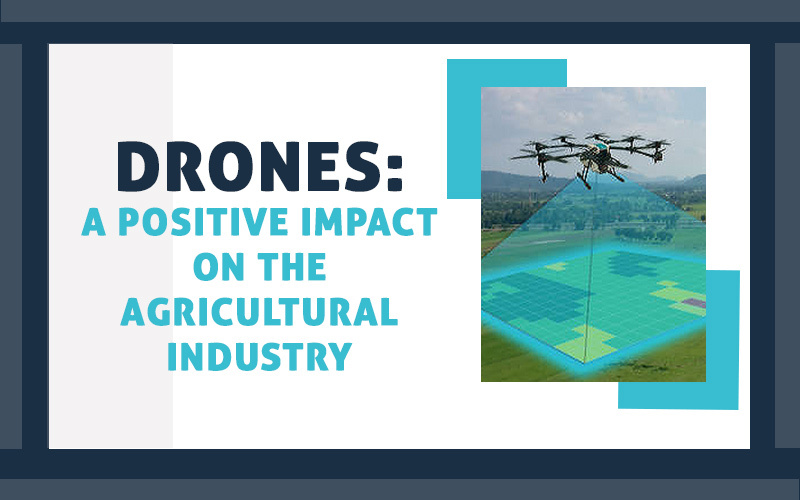Private industrial use of drones in Australia has existed for many years, and their commercial applications are expanding as quickly as new ideas are being developed. For farmers in Australia, drones have proven to be a vital resource. There are so many agricultural drones for sale in Australia to check out from.
Drones can be in many ways, including providing remote access to monitor crops in small areas and fields in Australia. Farming is facing numerous new challenges, and drones can help farmers in Australia meet those challenges.
What are the benefits of using agricultural drones?
In terms of agriculture, what can drones do? Drones have the potential to boost productivity in Australia, but that’s not the only benefit they offer. Smart farming is increasingly dependent on drones, which can help farmers overcome obstacles and reap numerous benefits in Australia.
Since guesswork and uncertainty are eliminated, most of these advantages are realised. Weather and soil quality, temperature, precipitation, and so on are all factors that farmers have no control over. An organisation’s ability to respond quickly and effectively depends on the availability of accurate, near-real-time information.
The use of drones in this area can be a game-changer. Farmers can improve the yield, save time, reduce costs, and act with unprecedented accuracy and precision by gaining access to a large data pool.
We live in a fast-paced world where changes, modifications, and transformations occur in seconds. Growing populations and climate change mean farmers must adopt new technologies to keep up with these new challenges, so they must do everything they can to keep up.
Benefits:
Enhances Efficiency
Using drones in farming can help meet the needs of a growing population. Drones make it easy for the farmers to inspect crops inside the field because of their ability to fly over obstacles. Regarding crop monitoring, satellite photos are the most advanced method to date. Despite these drawbacks, farmers are increasingly using drones instead. In terms of precision, satellite imagery is lacking because it only retrieves images once a day, which is insufficient for farmers. If you need a live feed or many pictures as you need to get the job done, drone technology is the answer.
Reduces the Amount of Air Pollution.
Pesticides can be unevenly applied to fields. As too much pesticide harms the human body, farmers can use drones to ensure that the pesticides are spread evenly. You can reduce the number of chemicals in use by farmers if drones are outfitted with the proper equipment to scan the floor and squirt the chemical evenly.
Lower the Price of the Investigation
One flight with a drone is all needed to inspect large swaths of land. Because satellite imagery is so expensive, farmers are increasingly turning to drones, which are more affordable, faster, and more efficient. Check out the agricultural drones for sale in Australia, as they are the most cost-effective and efficient.
Increases the number of jobs available
Employment opportunities in the agricultural sector, such as those in computer engineering and drone operation, abound because of the widespread use of drone technology in rural areas. Indian farmers rely on agriculture as their primary source of income, and increasing agricultural productivity gives them more employment options.
It can adapt to changing weather conditions.
In the face of climate change, farmers face numerous challenges in cultivating their crops, making it difficult to do so. To overcome these challenges, farmers are turning to drones as a new means of increasing productivity. With droughts, farmers’ most pressing concern is water supply. For various industries, drone technology appears to be the next big thing.
Also Read: What are the Benefits of Exercise and a Healthy Diet?




